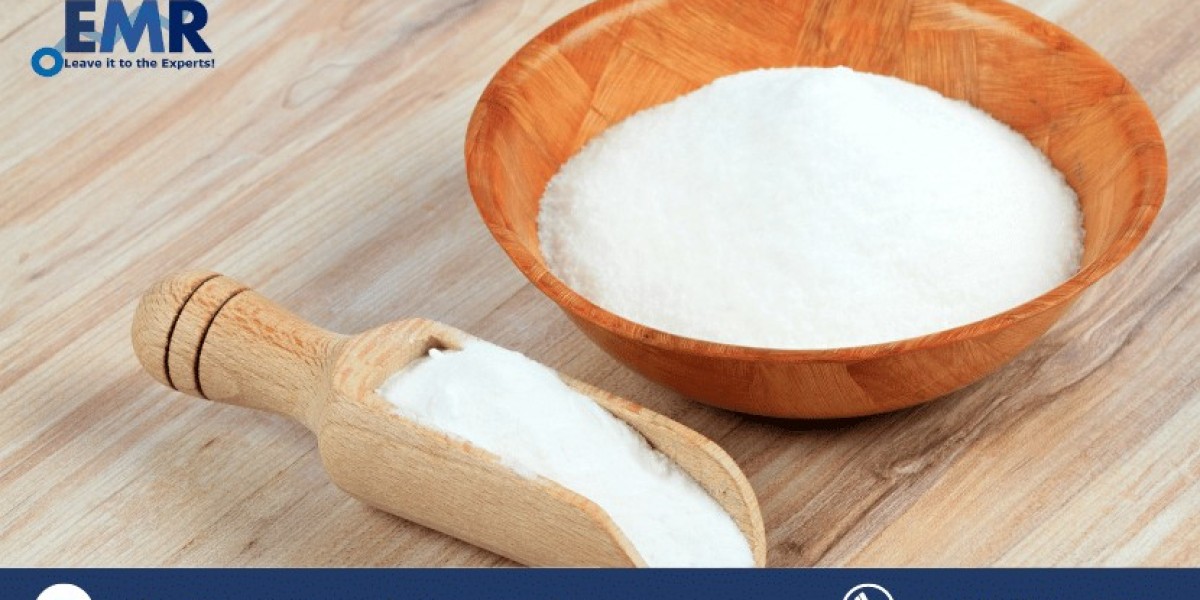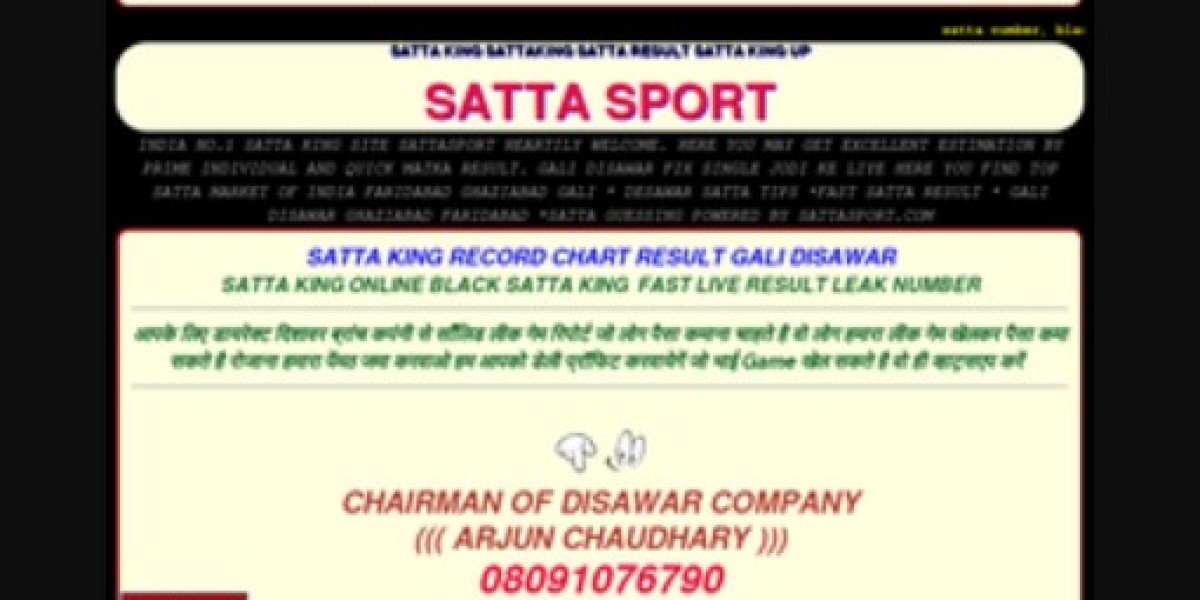North America Saccharin Market Introduction:
The North America saccharin market was aided by the growing market for artificial high-intensity sweetener (HIS) which attained nearly USD 2.06 billion in 2023. Between 2024 to 2032, the artificial HIS industry is expected to grow further with a CAGR of 3.5%. In this dynamic landscape, understanding consumer preferences is paramount for stakeholders navigating the saccharin industry. This blog post delves into the intricate web of factors shaping consumer choices and trends driving saccharin consumption in North America.
Historical Context of Saccharin Consumption:
Saccharin, a century-old artificial sweetener, has witnessed fluctuating fortunes in North America. From its emergence as a popular sugar substitute during sugar shortages in the early 20th century to controversies surrounding its safety in the 1970s, saccharin's journey reflects evolving consumer attitudes towards health and taste. Despite regulatory scrutiny, saccharin has maintained a steady presence in the market, owing to its affordability and widespread use in various food and beverage products.
Current Consumer Preferences:
Today, consumer preferences for saccharin in North America are shaped by a multitude of factors. Statistical data reveals a consistent demand for saccharin, particularly among health-conscious consumers seeking alternatives to sugar. Demographic trends further underscore the significance of saccharin among specific age groups and dietary preferences. Millennials and Gen Z, in particular, are driving the shift towards low-calorie sweeteners, including saccharin, as they prioritize health and wellness in their consumption choices.
Get a Free Sample Report with Table of Contents@ https://www.expertmarketresearch.com/reports/north-america-saccharin-market-report/requestsample
Health Consciousness and Saccharin Consumption:
Amidst growing health consciousness, perceptions of saccharin's safety remain a key determinant of consumer preferences. While scientific evidence supports the safety of saccharin within acceptable daily intake levels, lingering concerns persist among certain segments of the population. Addressing misconceptions and educating consumers about the benefits of saccharin as part of a balanced diet is crucial in shaping consumption patterns.
Regulatory Landscape:
Regulations governing saccharin in North America play a pivotal role in shaping consumer confidence and market dynamics. Stringent safety standards and labeling requirements ensure transparency and accountability in the saccharin industry. As regulatory frameworks evolve to align with advancements in food safety and technology, stakeholders must adapt to compliance standards while maintaining product quality and integrity.
Emerging Trends:
The saccharin market in North America is witnessing a wave of innovation and diversification, driven by emerging consumer trends. Manufacturers are introducing novel saccharin-based products tailored to evolving tastes and preferences. From sugar-free beverages to low-calorie snacks, saccharin is finding new applications across various food and beverage categories, expanding its market reach and appeal.
Marketing and Advertising Strategies:
Successful marketing and advertising strategies play a crucial role in shaping consumer perceptions and driving saccharin consumption. Brands leverage various channels, including social media, influencer partnerships, and product placement, to promote saccharin products as desirable and convenient alternatives to sugar. Emphasizing saccharin's role in supporting healthy lifestyles and weight management resonates with health-conscious consumers seeking guilt-free indulgence.
Challenges and Opportunities:
Despite its widespread acceptance, the saccharin market in North America faces challenges on multiple fronts. Consumer skepticism, regulatory complexities, and competition from alternative sweeteners pose formidable hurdles for industry players. However, these challenges also present opportunities for innovation and differentiation. By investing in research and development, enhancing product offerings, and fostering consumer trust, stakeholders can position themselves for sustainable growth in the saccharin market.
Future Outlook:
The future outlook for saccharin consumption in North America is marked by a blend of optimism, innovation, and adaptability. As we look ahead to the coming years, several key trends and developments are poised to shape the trajectory of the saccharin market in the region.
1. Continued Growth in Demand:
Forecasts suggest that the demand for saccharin and other artificial high-intensity sweeteners will continue to grow steadily in North America. With increasing awareness of health and wellness, consumers are actively seeking out alternatives to sugar, driving the adoption of low-calorie sweeteners like saccharin. This sustained demand presents opportunities for manufacturers to expand their product offerings and capture new market segments.
2. Technological Advancements and Innovation:
Advancements in food science and technology are expected to fuel innovation in saccharin products. Manufacturers will leverage cutting-edge techniques and formulations to enhance the taste, texture, and versatility of saccharin-based products, catering to evolving consumer preferences. From improved solubility to extended shelf-life, innovative solutions will further solidify saccharin's position as a preferred sugar substitute in the North American market.
3. Regulatory Landscape and Compliance:
The regulatory landscape governing saccharin in North America will continue to evolve in response to scientific research and consumer safety concerns. While stringent safety standards ensure product integrity and consumer confidence, manufacturers must remain vigilant to regulatory changes and compliance requirements. Adhering to best practices and maintaining transparency in labeling and marketing will be essential for navigating the complex regulatory environment effectively.
4. Sustainable Practices and Ethical Consumption:
As sustainability emerges as a key driver of consumer behavior, stakeholders in the saccharin industry will face increasing pressure to adopt environmentally friendly practices throughout the supply chain. From sourcing raw materials to packaging and waste management, embracing sustainability initiatives will be imperative for maintaining brand reputation and meeting consumer expectations. Companies that prioritize eco-consciousness and ethical consumption will stand to gain a competitive edge in the market.
5. Health and Wellness Trends:
The pursuit of health and wellness will continue to influence consumer choices in the saccharin market. As consumers become more informed about the health risks associated with excessive sugar consumption, they will seek out alternatives that allow them to enjoy sweet treats without compromising their well-being. Saccharin's low-calorie profile and suitability for individuals with diabetes or weight management goals position it favorably amidst the ongoing health and wellness trends.
6. Consumer Education and Awareness:
Educating consumers about the benefits and safety of saccharin will remain a priority for industry stakeholders. Clear and transparent communication regarding saccharin's role in a balanced diet, its safety profile, and its versatility in various food and beverage applications will help dispel misconceptions and foster trust among consumers. By empowering consumers to make informed choices, manufacturers can strengthen brand loyalty and drive sustained demand for saccharin products.
Media Contact:
Company Name: Claight Corporation
Contact Person: Louis Wane, Corporate Sales Specialist – U.S.A.
Email: [email protected]
Toll Free Number: +1-415-325-5166 | +44-702-402-5790
Address: 30 North Gould Street, Sheridan, WY 82801, USA
Website: https://www.expertmarketresearch.com









